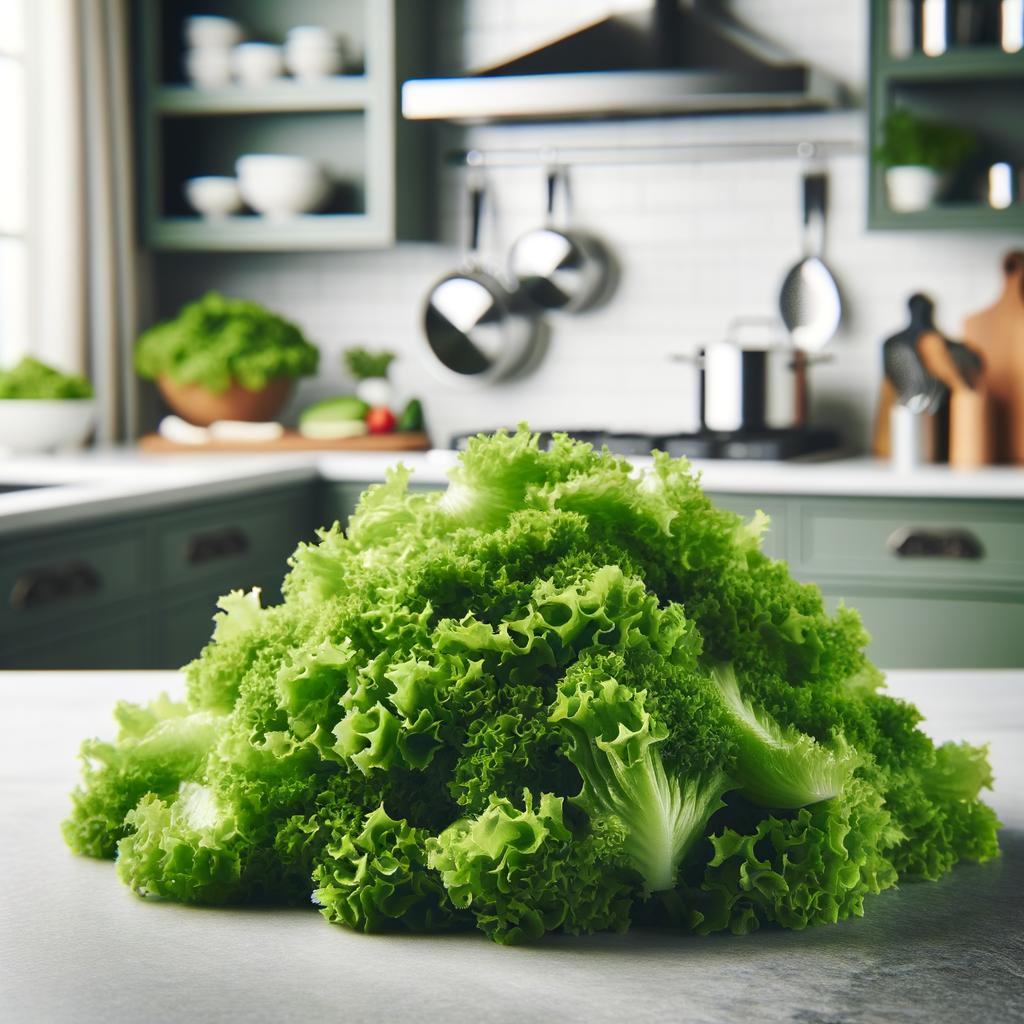Chopped Lettuce

Description Chopped lettuce, a humble yet indispensable part of our culinary repertoire, is a vibrant, leafy green vegetable that brings a refreshing crunch and subtle, slightly bitter flavor to our plates. Its appearance is as varied as its types - from the ruffled edges of frisee, the crisp, elongated leaves of romaine, to the soft, buttery folds of butterhead lettuce. Each variety has a unique texture, ranging from crisp to tender, but all share a common characteristic - a refreshing, watery crunch. What sets lettuce apart from other leafy greens is its incredible versatility and its ability to retain its crispness even when dressed with vinaigrette, making it the perfect base for salads.
Primary Uses Chopped lettuce is a culinary chameleon, used widely in a range of dishes across various cuisines. It's the star of the classic Caesar salad, the crunch in your tacos, the fresh element in your spring rolls, and the healthy wrap for your Korean BBQ. Beyond its culinary uses, lettuce has been used for centuries in traditional medicine, particularly in Asia, to aid in sleep and promote relaxation.
History The history of lettuce takes us back to ancient Egypt, where it was cultivated as a sacred plant symbolizing fertility. It was then adopted by the Greeks and Romans, who appreciated its health benefits and used it as a culinary staple. Over centuries, lettuce has journeyed across continents, evolving in form and usage. In medieval times, it was believed that eating lettuce would help prevent the intoxicating effects of wine. Today, it's an integral part of global cuisine, enjoyed for its refreshing taste and nutritional benefits.
Nutritional Information Chopped lettuce is a nutritional powerhouse, packed with essential vitamins and minerals. It's rich in Vitamin A, vital for eye health, and Vitamin K, which aids in blood clotting and bone health. It's also a good source of folate, important for DNA synthesis. Despite its high water content, lettuce surprisingly provides a decent amount of fiber, aiding in digestion. Compared to other leafy greens like spinach or kale, lettuce may seem less nutrient-dense, but its high water content and refreshing crunch make it a beloved choice in salads and wraps. Its low calorie count also makes it a favorite among those aiming for weight loss. So, while it may not be the king of greens, lettuce definitely holds its own in the nutrition department, all while adding a delightful crunch to our meals.

